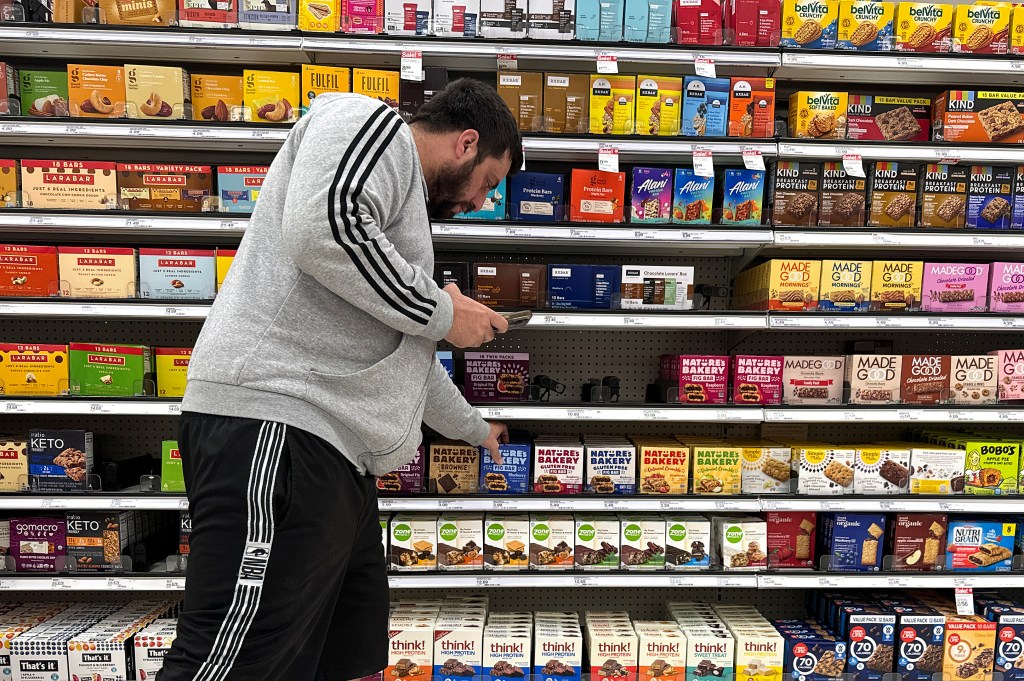15M Americans — including those making more than $100K — buy groceries with ‘buy now, pay later’ apps as inflation rages
Contact The Author
The soaring rate of food inflation is forcing more Americans to use “buy now, pay later” apps when shopping for groceries, according to a study — including shoppers who are earning six figures.
An analysis by PYMNTS Intelligence found that 15 million people — or 6.5% of the US population — reported using “buy now, pay later,” or BPNL apps to pay for groceries last year.
Of those using the apps — offered by fintech services such as Affirm, Klarna, Afterpay and PayPal — around 5.4% were low-income Americans, according to the study.
The rest were those whose yearly incomes were at least $100,000.
Last month, the Federal Reserve Bank of New York published research which found that people with a credit score under 620 were nearly three times as likely as financially stable consumers to use BNPL five or more times last year.
The BNPL loans, also known as point-of-sale installment loans, are short-term loans with fixed payments at little to no interest.
They are being offered up by major retailers at checkout such as Walmart, Amazon and Trader Joe’s.
A recent study by Afterpay found that Gen Z shoppers were using BNPL to pay for travel and household items.
Afterpay reported that there was a 465% increase of BNPL purchases of contact lenses last year compared to 2022 as well as a 182% increase in the use of BNPL to buy garbage bags.
Finally paid off my Uber eats order from January pic.twitter.com/mS7lzFqyTq
— Justin Case (@Just1n_Case1) March 4, 2024
Gen Z shoppers were also buying 98% more first-aid antiseptics using BNPL last year compared to the year prior, according to the Afterpay study, which was cited by NBC News.
Afterpay spending plans on items such as lighter fluid, laptop parts and snoring and sleep apnea aids all rose by 300%.
Since February 2020, consumer inflation has risen 20% while food prices are 22.3% higher.
Last week, the federal government released data showing that the consumer price index rose 0.4% in February.
The CPI in February was 3.2% higher compared to the same period last year.
There are signs that food inflation is beginning to cool.
Grocery costs in February were unchanged while they rose 0.4% in January compared to the prior month.
They were 1% higher in January compared to the same period last year.
But the cost of some grocery items are continuing to climb.
Frozen juices and drinks rose 27.2% year over year in February — an increase of 9.9% from December.
The price of beef steaks were 12% higher in January compared to the year.





